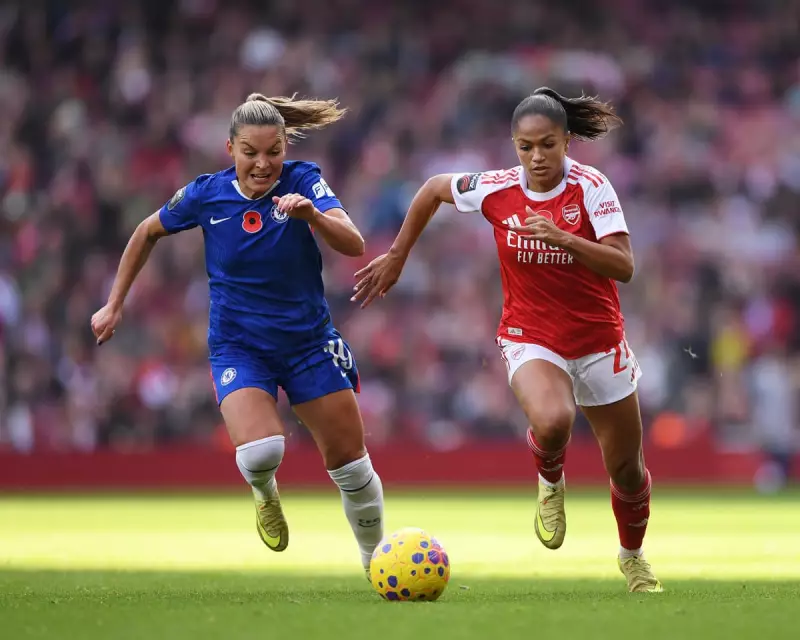
The Women's Super League is confronting a significant broadcast dilemma after its flagship fixture between Arsenal and Chelsea attracted a shockingly low television audience this month.
Only 71,000 viewers watched the match across Sky Sports channels, a figure that pales in comparison to the 732,000 who tuned in for the corresponding fixture last season. The dramatic drop has raised serious concerns about the scheduling decisions for the league's television coverage.
The Scheduling Conundrum
Multiple sources within the sport have pinpointed the Saturday noon kick-off on 8 November as the primary culprit for the viewership collapse. This timing presents a perfect storm of conflicts for potential viewers.
The match directly clashed with Tottenham's Premier League encounter against Manchester United, which kicked off 30 minutes earlier and typically draws audiences exceeding one million. Furthermore, up to seven EFL matches were available simultaneously on Sky Sports, with combined viewership often reaching around 500,000.
This season marks a significant shift in broadcast patterns. Under its £65 million, five-year deal with Sky Sports, the WSL has designated noon on Sunday as its flagship slot. However, 49 of the first 66 WSL games this season are scheduled for noon or 11.55am kick-offs, a stark change from the traditionally favoured 2pm Sunday slot.
Comparing Audience Metrics
The official figure of 71,000, collated by the Broadcasters' Audience Research Board (Barb), is a composite of an average of 55,900 viewers on Sky Sports Main Event and 15,100 on Sky Sports Premier League. Astonishingly, this television audience was lower than the 57,000 fans who attended the match at Emirates Stadium.
While Sky Sports prefers to measure views across the full 90 minutes, citing a figure of approximately 78,000 for this match, the numbers remain deeply concerning. They represent a massive decline from last season's average WSL audiences of 337,000 on Sky and 682,000 on the BBC.
The discrepancy is widely attributed to last season's broadcast pattern, where most Sky games kicked off later on Sunday afternoons and evenings. Although these evening slots were unpopular with match-going fans, they consistently attracted stronger television audiences.
Broader Implications for the WSL
This viewing figure crisis feeds into a larger concern for the Women's Super League: its apparent struggle to capitalise on the momentum from England's European Championship victory in the summer. Unlike the significant boost in crowds and viewership that followed the 2022 Euros win, early evidence suggests this pattern has not been replicated.
The average WSL attendance over the first six match rounds has been 6,500, with a study reporting a 1% decline on the corresponding period last season. Arsenal alone account for more than one-third of the league's total ticket sales.
The BBC's broadcast schedule has also presented challenges. Another prime fixture, Chelsea versus Manchester United, was broadcast on BBC3 and BBC iPlayer on a Friday evening last month, another timeslot that struggles to capture maximum audience.
While WSL sources noted the 70,000 audience was 30% higher than last season's two Saturday noon kick-offs, it was still regarded as deeply disappointing for a clash between the European champions and the domestic title holders. The league now faces the critical task of balancing broadcast partner requirements with accessible scheduling that can grow its audience base.





